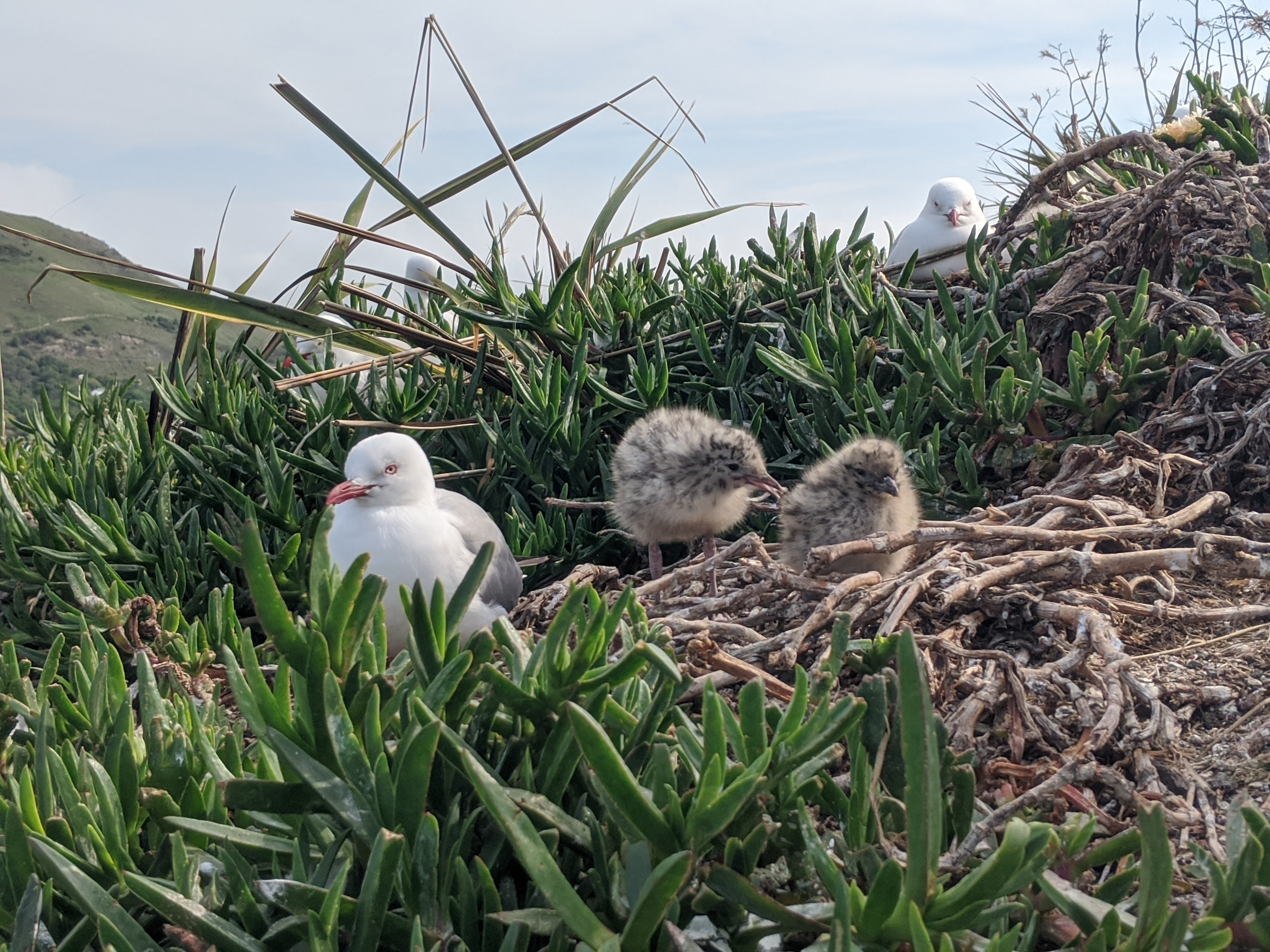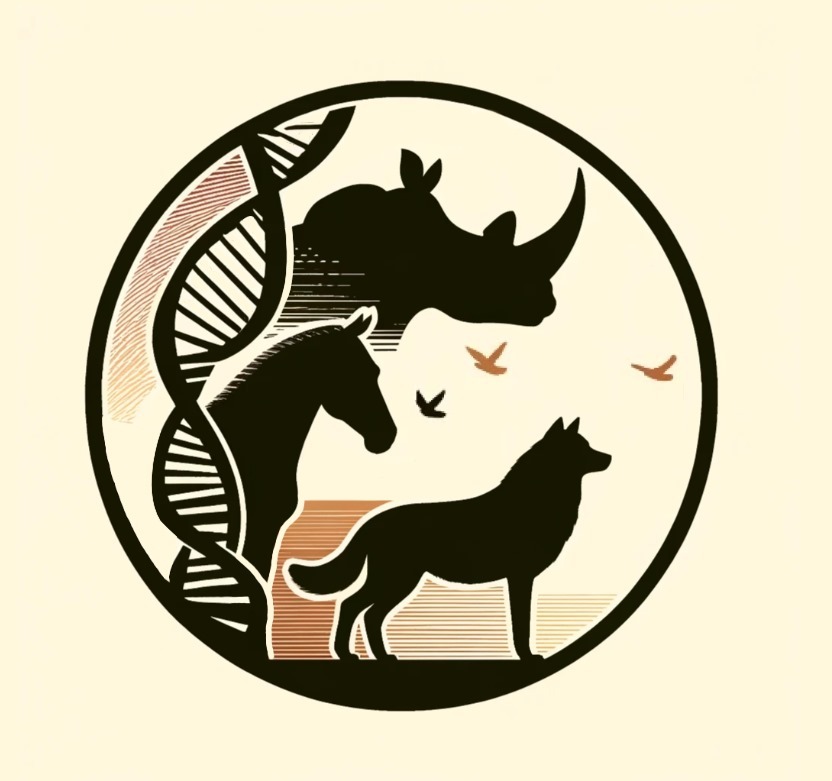July 2025
Kiwi lands, Aussie wings: A story of Climate Change and flying ‘invaders’
New Zealand (Aotearoa), a remote island nation in the southwestern Pacific Ocean known for its striking natural beauty and remarkable biodiversity. Made up of two main islands, the North Island and South Island, and numerous smaller islands, New Zealand currently spans a diverse range of ecosystems, including ancient temperate rainforests, alpine environments, wetlands, coastal dunes, and grasslands. Its isolation from other landmasses for over 80 million years allowed unique plant and animal life to evolve, with a set of ecosystems largely shaped by birds rather than mammals. In this way, New Zealand’s ecosystems are not only ecologically rich but also highly sensitive to change, making them a vital focus for conservation and ecological research. Indeed, when we think of New Zealand’s birds, we often imagine its ancient, unique species, such as kiwis, the moas, or kākāpōs that seem to have evolved in complete isolation. But a recent study by our AaRC speaker Dr. Pascale Lubbe published in Molecular Ecology [1] tells a different, more dynamic story: one where climate change, rather than just time and isolation, played a starring role in shaping New Zealand’s birdlife, with Australian continental birds playing a major part in the action.
For most of its history since its geological emergence from Zealand submerged basin due to tectonic activity around 25 million years ago [2], New Zealand landmass was dominated by dense forests. But starting around 5 million years ago, increased tectonic uplift and global cooling began transforming the landscape. As mountains rose and rain shadows formed, new ecological zones emerged. Forests gave way to scrub, tussock grasslands, and rocky alpine slopes [3]. This process only intensified during the start of the Pleistocene era around 2.5 million years ago, and by the Last Glacial Maximum around 19-29 thousand years ago, patchy forest cover was replaced extensively by open grasslands and woodland mosaics in lowland areas [4]. These new open habitats were not just physical static spaces, they were empty ecological niches awaiting to be conquered.

A couple of Tarāpunga (Red-billed Gulls, Chroicocephalus scopulinus) breeding the new generation of kiwi birds in Aotearoa (New Zealand). Picture by Dr. Pascale Lubbe.
Using both ancient DNA from fossil remains and modern mitochondrial genome sequences, Dr. Lubbe and collaborators analyzed the evolutionary histories of nearly 90 endemic New Zealand bird species. By comparing their genomes to those of their closest Australian overseas relatives, they could estimate when these species diverged. The results were striking. Many of New Zealand’s open-habitat and generalist birds diverged from their Australian relatives during the Plio-Pleistocene, especially in the early Pleistocene around 2–3 million years ago [1]. This timing aligns perfectly with the expansion of open landscapes in New Zealand, suggesting that these birds colonized newly available environments as they appeared. These birds were not evolving in place from endemic ancestors, but they were ecological opportunists, seizing the moment as the land changed. In contrast, local species currently adapted to dense forest habitats displayed a much older and more even pattern of divergence, consistent with ecological adaptation through millions of years to stable forested ecosystems. These birds were part of New Zealand’s long-term evolutionary legacy, but they were not the ones leading the conquer of new habitats.
These results raise important questions about ecological shifts upon climate change and the fast reshaping of ecosystems that may follow. When new habitats appear, who gets to live there? locals who adapt, or newcomers who already fit the bill?
The study by Dr. Lubbe et al. [1] provides clear evidence that in the case of New Zealand’s open landscapes, overseas colonizers won. The rapid establishment of Australian species outpaced any significant adaptive shifts among the existing fauna. While some native lineages may have diversified later in response to the new ecological conditions, the initial winners were foreigners. And as the authors mention, this is not just ancient history. In the last two centuries alone, at least 13 Australian bird species have been recorded as successfully self-introducing to New Zealand. Many of these birds are generalists or open-habitat specialists. What prompted them to this new invasion? Humans. As we cleared vast tracts of native forest, creating a mosaic of farmland, pasture, and suburban gardens, thus resembling the open Australian landscape in miniature, generalist and open land-adapted Australian birds crossing the sea found a new golden opportunity to settle in.
While this study is rooted in ancient history, its implications are decisively modern. We are now living through one of the most rapid periods of environmental and climate change in Earth’s history, now driven by humans. As climate change continues to rise global average temperatures, forests are cleared and ecosystems are fragmented, we can expect the same evolutionary pressures to play out: some species will adapt, others will vanish, and some (especially versatile generalists) will take over, posing a great danger to the survival of endemic specialists that have slowly adapted to local ecosystems through millennia. Nevertheless, this research reminds us that invasions are not just recent, human-facilitated phenomena. They are an intrinsic part of evolutionary history. Islands like New Zealand are particularly vulnerable, as their isolated ecosystems offer few barriers to determined invaders but high stakes for native biodiversity.
Dr. Lubbe is now embarking in new projects to understand the evolutionary history and ecological shifts of additional local Aotearoan species, like the endemic New Zealand’s gecko, the striking case of flightless passerines, liopelma forgs, and the extinct giant Haast’s eagle. We look forward to earing about her new research down under in New Zealand.
References
- Lubbe, P., Rawlence, N. J., Dussex, N., Kardialsky, O. & Knapp, M. Plio-Pleistocene environmental changes drove the settlement of Aotearoa New Zealand by Australian open-habitat bird lineages. Mol Ecol 34, e17648. (2025).
- Wallis, G. P. & Trewick, S. A. New Zealand phylogeography: Evolution on a small continent. Mol Ecol 18, 3548–3580 (2009).
- Ravelo, A. C., Andreasen, D. H., Lyle, M., Lyle, A. O. & Wara, M. W. Regional climate shifts caused by gradual global cooling in the Pliocene epoch. Nature 429, 263–267 (2004).
- Newnham, R., McGlone, M., Moar, N., Wilmshurst, J. & Vandergoes, M. The vegetation cover of New Zealand at the Last Glacial Maximum. Quat Sci Rev 74, 202–214 (2013).
Below, Pascale shared with us further details about her profile, career, prospects and future projects:
1. Briefly introduce yourself. What is your origin story for how you got into science?
I’m lucky enough to come from a line of scientific thinkers on my mother’s side, and farmers on my father’s, so I’ve nurtured a love for the outdoors and the thrill of discovery my whole life— these twin loves manifested inevitably as a career in biology. As far as my passion for evolutionary biology, this is a bit more difficult to explain, being slightly more arcane. Maybe a romantic vision of the shadows cast by the great evolutionary thinkers in history is to blame—or a fascination with the constant flux of nature, its delicate balance and profound persistence. Who can say? Maybe it was just a notion of heading to the Galápagos myself and seeing what all that business with the finches was about with my own eyes.
2. How and/or why did you start working on this project?
Ornithology seems a somewhat inescapable field if one is interested in evolutionary questions—birds are astounding dispersers and fabulous evolvers, especially on islands. They are remarkable weathervanes for evolutionary change, adapting rapidly in behaviour and morphology to new conditions. Where better to head than Oceania, and Aotearoa New Zealand especially, to study them? Given the nation’s long isolation from other landmasses and its dramatic geological and climatological history, it is one of nature’s most interesting laboratories. I have become very interested in the impacts of environmental change on evolutionary trajectories. Nowhere else is better to ask such questions; the stage was set, the funding available, the passion pre-supplied—and there is still much to uncover about the nature and tempo of evolution on these isles.
3. Were there any major challenges in this project? How did you overcome them?
Of course, all scientists face challenges. We overcome them by sheer force of will, an insatiable curiosity, and implacable stubbornness. Most often we overcome them thanks to the help of our friends, colleagues, supporters, and rivals.
4. What do you think are the main take-home messages of this project?
The key takeaway, as far as the establishment of new species in Aotearoa NZ goes, is simple: change begets change. Continued development, clearing, and anthropogenic land use will result in a New Zealand that, in the short term, becomes less distinct biologically, and more like its neighbouring landmasses. Without immediate intervention to retain, expand, and protect native habitat types, endemic species will continue to be replaced by ‘invaders’. Our work shows this is a natural process, and in time these invaders will themselves perhaps become new, unique species. Unfortunately, this will take far longer than human collective memory allows!
5. What do you think is missing in the field that you would like to work on?
I should quite like to work on a widespread invader—the humble house sparrow—which is an astonishing generalist and inhabits an absurd range of ecosystems. There is much opportunity to marry museum collections and fresh samples to assess their genomic variability across regions and habitats. Anyone keen to write up a fellowship in a year or two?
6. Where do you see yourself in the near future?
See above with regards to future work—which I am hoping will take me to the northern hemisphere for home base, and across the globe for sample collection. The true dream!
7. Free space to tell something you would like to remark.
A true delight to be invited to speak. I hope to come back!

